|
Ottomar Anschütz
Ottomar Anschütz (16 May 1846, in Lissa – 30 May 1907, in Berlin) was a German inventor, photographer, and chronophotographer Career Anschütz studied photography between 1864 and 1868 under the well-known photographers Ferdinand Beyrich (Berlin), Franz Hanfstaengl (Munich) und Ludwig Angerer (Vienna). He received recognition for his photograph of John of Saxony on horseback in 1867. He then took over his father's company in Lissa, mainly working as a portrait photographer and as a decorative painter. Anschütz made his first instantaneous photographs in 1881. He developed his portable camera that allowed shutter speeds as short as 1/1000 of a second in 1882. He made a name for himself with sharp photographs of imperial military demonstrations in Breslau in 1882 and gained more fame with pictures of flying storks in 1884. He organized exhibitions of his work at the Berlin Kriegsakademie and the Düsseldorf Kunsthalle. In 1885, Anschütz started working on chronophotograph ... [...More Info...] [...Related Items...] OR: [Wikipedia] [Google] [Baidu] |
Leszno
Leszno (german: Lissa, 1800–1918 ''Lissa in Posen'') is a historic city in western Poland, within the Greater Poland Voivodeship. It is the seventh-largest city in the province with an estimated population of 62,200, as of 2021. Previously, it was the capital of the Leszno Voivodeship (1975–1998) and is now the seat of Leszno County. History Early history The city's unrecorded history dates to the 13th century. It was first mentioned in historical documents in 1393, when the estate was the property of a noble named Stefan Karnin- Wieniawa. The family eventually adopted the name Leszczyński (literal meaning "of Leszno"), derived from the name of their estate, as was the custom among the Polish nobility. 16th–18th centuries In around 1516, a community of Protestants known as the Unity of the Brethren (''Unitas fratrum'') were expelled from the Bohemian lands by King Vladislaus II and settled in Leszno. They were invited by the Leszczyński family, imperial counts since ... [...More Info...] [...Related Items...] OR: [Wikipedia] [Google] [Baidu] |
Arcade (architecture)
An arcade is a succession of contiguous arches, with each arch supported by a colonnade of columns or piers. Exterior arcades are designed to provide a sheltered walkway for pedestrians. The walkway may be lined with retail stores. An arcade may feature arches on both sides of the walkway. Alternatively, a blind arcade superimposes arcading against a solid wall. Blind arcades are a feature of Romanesque architecture that influenced Gothic architecture. In the Gothic architectural tradition, the arcade can be located in the interior, in the lowest part of the wall of the nave, supporting the triforium and the clerestory in a cathedral, or on the exterior, in which they are usually part of the walkways that surround the courtyard and cloisters. Many medieval arcades housed shops or stalls, either in the arcaded space itself, or set into the main wall behind. From this, "arcade" has become a general word for a group of shops in a single building, regardless of the architect ... [...More Info...] [...Related Items...] OR: [Wikipedia] [Google] [Baidu] |
1846 Births
Events January–March * January 5 – The United States House of Representatives votes to stop sharing the Oregon Country with the United Kingdom. * January 13 – The Milan–Venice railway's bridge, over the Venetian Lagoon between Mestre and Venice in Italy, opens, the world's longest since 1151. * February 4 – Many Mormons begin their migration west from Nauvoo, Illinois, to the Great Salt Lake, led by Brigham Young. * February 10 – First Anglo-Sikh War: Battle of Sobraon – British forces defeat the Sikhs. * February 18 – The Galician slaughter, a peasant revolt, begins. * February 19 – United States president James K. Polk's annexation of the Republic of Texas is finalized by Texas president Anson Jones in a formal ceremony of transfer of sovereignty. The newly formed Texas state government is officially installed in Austin. * February 20– 29 – Kraków uprising: Galician slaughter – Polish nationalists stage an uprising in the Free City o ... [...More Info...] [...Related Items...] OR: [Wikipedia] [Google] [Baidu] |
People Of The German Empire
A person ( : people) is a being that has certain capacities or attributes such as reason, morality, consciousness or self-consciousness, and being a part of a culturally established form of social relations such as kinship, ownership of property, or legal responsibility. The defining features of personhood and, consequently, what makes a person count as a person, differ widely among cultures and contexts. In addition to the question of personhood, of what makes a being count as a person to begin with, there are further questions about personal identity and self: both about what makes any particular person that particular person instead of another, and about what makes a person at one time the same person as they were or will be at another time despite any intervening changes. The plural form "people" is often used to refer to an entire nation or ethnic group (as in "a people"), and this was the original meaning of the word; it subsequently acquired its use as a plural form of p ... [...More Info...] [...Related Items...] OR: [Wikipedia] [Google] [Baidu] |
19th-century German Inventors
The 19th (nineteenth) century began on 1 January 1801 ( MDCCCI), and ended on 31 December 1900 ( MCM). The 19th century was the ninth century of the 2nd millennium. The 19th century was characterized by vast social upheaval. Slavery was abolished in much of Europe and the Americas. The First Industrial Revolution, though it began in the late 18th century, expanding beyond its British homeland for the first time during this century, particularly remaking the economies and societies of the Low Countries, the Rhineland, Northern Italy, and the Northeastern United States. A few decades later, the Second Industrial Revolution led to ever more massive urbanization and much higher levels of productivity, profit, and prosperity, a pattern that continued into the 20th century. The Islamic gunpowder empires fell into decline and European imperialism brought much of South Asia, Southeast Asia, and almost all of Africa under colonial rule. It was also marked by the collapse of the la ... [...More Info...] [...Related Items...] OR: [Wikipedia] [Google] [Baidu] |
Photographers From Berlin
A photographer (the Greek φῶς (''phos''), meaning "light", and γραφή (''graphê''), meaning "drawing, writing", together meaning "drawing with light") is a person who makes photographs. Duties and types of photographers As in other arts, the definitions of amateur and professional are not entirely categorical. An '' amateur photographer'' takes snapshots for pleasure to remember events, places or friends with no intention of selling the images to others. A ''professional photographer'' is likely to take photographs for a session and image purchase fee, by salary or through the display, resale or use of those photographs. A professional photographer may be an employee, for example of a newspaper, or may contract to cover a particular planned event such as a wedding or graduation, or to illustrate an advertisement. Others, like fine art photographers, are freelancers, first making an image and then licensing or making printed copies of it for sale or display. So ... [...More Info...] [...Related Items...] OR: [Wikipedia] [Google] [Baidu] |
Kinetoscope
The Kinetoscope is an early motion picture exhibition device, designed for films to be viewed by one person at a time through a peephole viewer window. The Kinetoscope was not a movie projector, but it introduced the basic approach that would become the standard for all cinematic projection before the advent of video: it created the illusion of movement by conveying a strip of perforated film bearing sequential images over a light source with a high-speed shutter. First described in conceptual terms by U.S. inventor Thomas Edison in 1888, it was largely developed by his employee William Kennedy Laurie Dickson between 1889 and 1892. Dickson and his team at the Edison lab in New Jersey also devised the Kinetograph, an innovative motion picture camera with rapid intermittent, or stop-and-go, film movement, to photograph movies for in-house experiments and, eventually, commercial Kinetoscope presentations. A Kinetoscope prototype was first semipublicly demonstrated to members o ... [...More Info...] [...Related Items...] OR: [Wikipedia] [Google] [Baidu] |
Georges Demenÿ
Georges Demenÿ (12 June 1850 in Douai – 26 October 1917 in Paris) was a French inventor, chronophotographer, filmmaker, gymnast and physical fitness enthusiast. Main publications *''L’Éducation physique en Suède'', Paris, Société d'éditions scientifiques, 1892 *''Guide du maître chargé de l'enseignement des exercices physiques dans les écoles publiques et privées'', Paris, Société d'éditions scientifiques, 1900 *''Les Bases scientifiques de l’éducation physique'', Paris, Félix Alcan Felix Mardochée Alcan (March 18, 1841 – February 18, 1925) was a French Jewish publisher and scholar, born in Metz. He was the grandson of Gerson Lévy, author of ''Orgue et Pioutim'', and son of Moyse Alcan, a well-known publisher at Metz. H ..., 1902 *''Physiologie des professions. Le violoniste, art, mécanisme, hygiène'', Paris, A. Maloine, 1905 *''Cours supérieur d'éducation physique'', avec Jean Philippe et Georges-Auguste Racine, Paris, Félix Alcan, 1905 *'' ... [...More Info...] [...Related Items...] OR: [Wikipedia] [Google] [Baidu] |
History Of Film Technology
The history of film technology traces the development of techniques for the recording, construction and presentation of motion pictures. When the film medium came about in the 19th century, there already was a centuries old tradition of screening moving images through shadow play and the magic lantern that were very popular with audiences in many parts of the world. Especially the magic lantern influenced much of the projection technology, exhibition practices and cultural implementation of film. Between 1825 and 1840, the relevant technologies of stroboscopic animation, photography and stereoscopy were introduced. For much of the rest of the century, many engineers and inventors tried to combine all these new technologies and the much older technique of projection to create a complete illusion or a complete documentation of reality. Colour photography was usually included in these ambitions and the introduction of the phonograph in 1877 seemed to promise the addition of synchron ... [...More Info...] [...Related Items...] OR: [Wikipedia] [Google] [Baidu] |
Glider Aircraft
A glider is a fixed-wing aircraft that is supported in flight by the dynamic reaction of the air against its lifting surfaces, and whose free flight does not depend on an engine. Most gliders do not have an engine, although motor-gliders have small engines for extending their flight when necessary by sustaining the altitude (normally a sailplane relies on rising air to maintain altitude) with some being powerful enough to take off by self-launch. There are a wide variety of types differing in the construction of their wings, aerodynamic efficiency, location of the pilot, controls and intended purpose. Most exploit meteorological phenomena to maintain or gain height. Gliders are principally used for the air sports of gliding, hang gliding and paragliding. However some spacecraft have been designed to descend as gliders and in the past military gliders have been used in warfare. Some simple and familiar types of glider are toys such as paper planes and balsa wood gliders ... [...More Info...] [...Related Items...] OR: [Wikipedia] [Google] [Baidu] |
Otto Lilienthal
Karl Wilhelm Otto Lilienthal (23 May 1848 – 10 August 1896) was a German pioneer of aviation who became known as the "flying man". He was the first person to make well-documented, repeated, successful flights with gliders, therefore making the idea of " heavier than air" a reality. Newspapers and magazines published photographs of Lilienthal gliding, favourably influencing public and scientific opinion about the possibility of flying machines becoming practical. Lilienthal's work led to him developing the concept of the modern wing. His flight attempts in 1891 are seen as the beginning of human flight and the "Lilienthal Normalsegelapparat" is considered to be the first airplane in series production, making the ''Maschinenfabrik Otto Lilienthal'' the first air plane production company in the world. Otto Lilienthal is often referred to as either the "father of aviation" or "father of flight". On 9 August 1896, his glider stalled and he was unable to regain control. Falling ... [...More Info...] [...Related Items...] OR: [Wikipedia] [Google] [Baidu] |
Storks
Storks are large, long-legged, long-necked wading birds with long, stout bills. They belong to the family called Ciconiidae, and make up the order Ciconiiformes . Ciconiiformes previously included a number of other families, such as herons and ibises, but those families have been moved to other orders. Storks dwell in many regions and tend to live in drier habitats than the closely related herons, spoonbills and ibises; they also lack the powder down that those groups use to clean off fish slime. Bill-clattering is an important mode of communication at the nest. Many species are migratory. Most storks eat frogs, fish, insects, earthworms, small birds and small mammals. There are 19 living species of storks in six genera. Various terms are used to refer to groups of storks, two frequently used ones being a ''muster'' of storks and a ''phalanx'' of storks. Storks tend to use soaring, gliding flight, which conserves energy. Soaring requires thermal air currents. Ottomar Ansc ... [...More Info...] [...Related Items...] OR: [Wikipedia] [Google] [Baidu] |
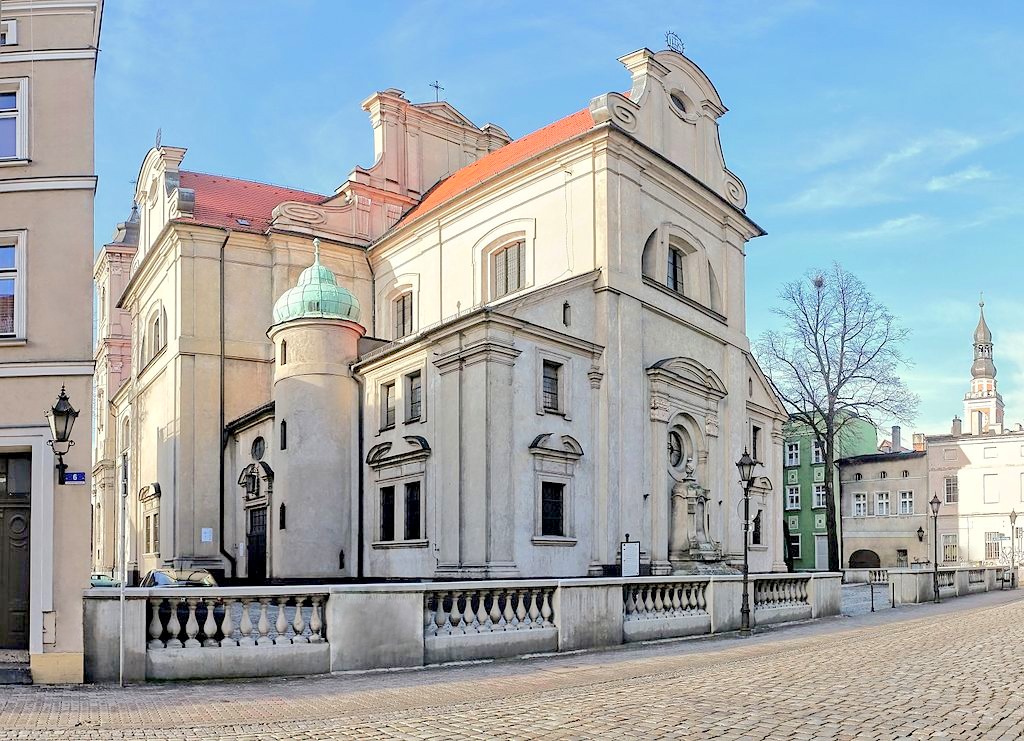

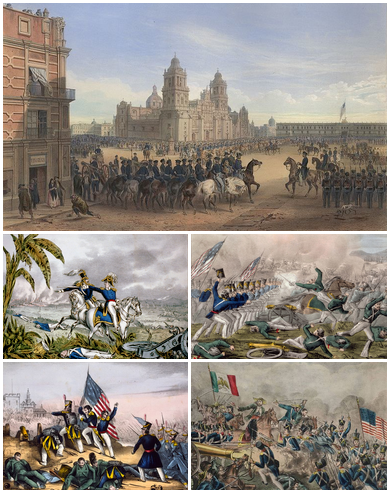
_1938.jpg)
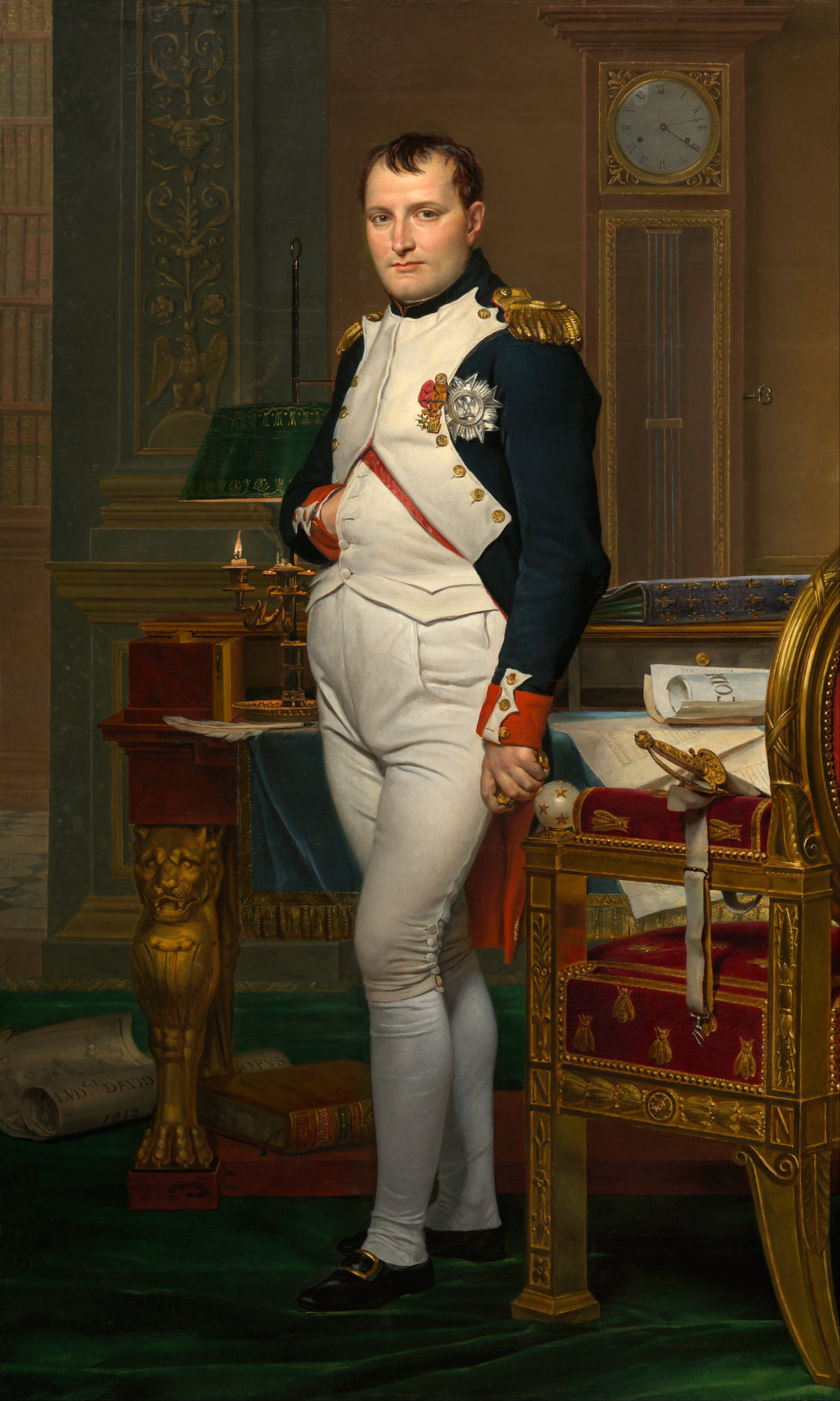

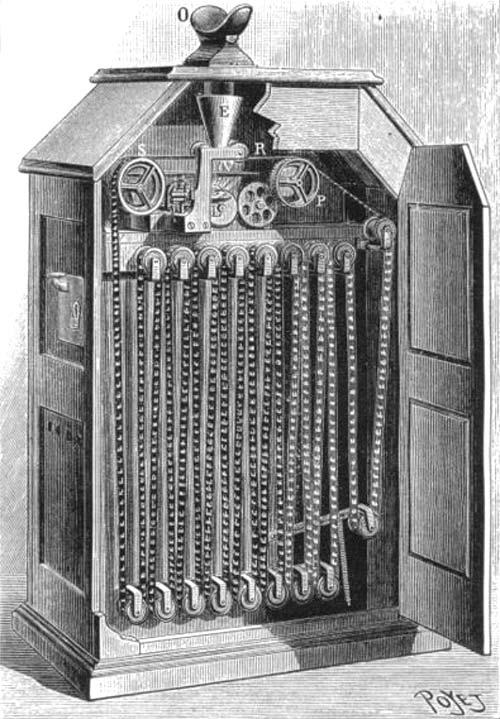


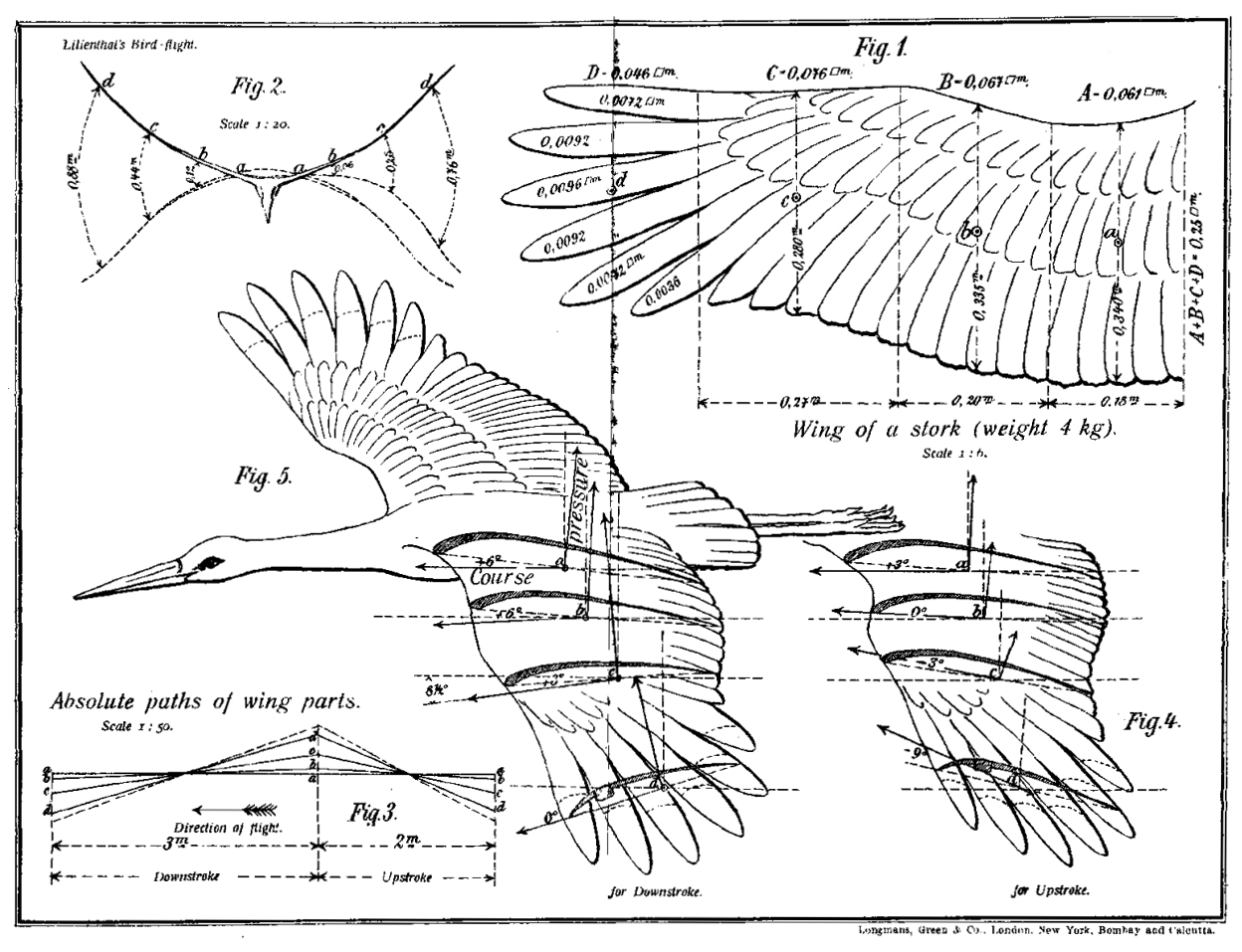
_(12011503884).jpg)